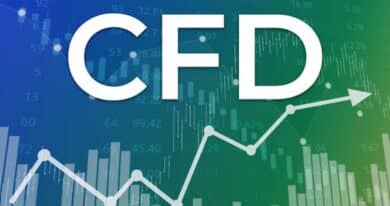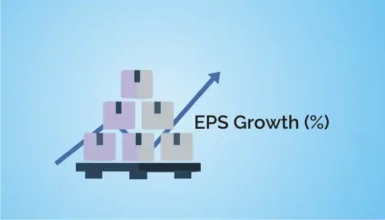Role of technology providers during flash crashes

Flash crashes can wreak havoc on financial markets in seconds. Technology providers are stepping up, offering innovative solutions to predict, manage, and mitigate these abrupt market downturns. From early detection systems to advanced trading safeguards, they play a crucial role in maintaining market stability and protecting investments. How exactly do they do this? Let’s dive in and find out. Get insights from educational professionals through Immediate Apex to better understand how technology can mitigate the impact of flash crashes.
Early Detection Systems
Flash crashes can be sudden and unexpected, making early detection essential. By analyzing market data in real-time, we can spot unusual trading patterns that might signal an impending crash. Think of it as having a weather radar for the stock market. Advanced algorithms and machine learning models are designed to sift through vast amounts of data, identifying anomalies that human eyes might miss.
Predictive analytics also play a crucial role here. By studying historical data, these systems can provide warning signals when current patterns resemble those of past flash crashes. This isn’t about predicting the future with certainty, but rather about giving traders and institutions a heads-up when the storm clouds of a potential flash crash are gathering.
Have you ever noticed how some drivers seem to instinctively know when to slow down before hitting traffic? Early detection systems work in a similar way, helping traders to navigate the market with caution before a crash occurs. Why not integrate these tools into your trading strategy? They offer a valuable layer of protection in an unpredictable environment.
Automated Trading Safeguards
In the fast-paced world of trading, automated safeguards are like the seatbelts in your car. Circuit breakers, for instance, temporarily halt trading when prices drop too rapidly. This pause allows the market to catch its breath, preventing panic selling and giving traders time to make informed decisions.
Intelligent order routing is another key component. It ensures that buy and sell orders are executed in a way that minimizes market disruption. For example, if there’s a sudden spike in sell orders, the system can spread these orders across multiple venues to avoid flooding any single market.
Imagine you’re at a busy intersection with a smart traffic light system that adjusts in real-time to keep traffic flowing smoothly. That’s how intelligent order routing works in the trading world. These safeguards not only protect individual traders but also help maintain overall market stability.
Ever thought about how much more confident you’d feel knowing you have these protections in place? Automated trading safeguards act as your financial airbag, providing an extra layer of security during volatile market conditions.
Enhancing Communication Networks
In the realm of financial trading, speed and reliability are paramount. High-speed connectivity ensures that market data reaches traders without delay. This is crucial during a flash crash, where every millisecond counts. Think of it like having the fastest internet connection during a live-streamed sports event—you don’t want any lag.
Redundant infrastructure is equally important. It acts as a safety net, ensuring that if one network fails, another can take over seamlessly. This redundancy prevents interruptions in trading activities, which is vital during times of market stress.
Imagine you’re hosting an important virtual meeting and have a backup internet connection ready just in case. This is how redundant networks work for financial markets. They provide a fail-safe to keep the flow of information uninterrupted, even during high-volume trading periods.
When was the last time you checked the reliability of your trading platform’s communication network? Ensuring robust and speedy connections can make a significant difference in trading outcomes, especially during unexpected market events.
Risk Management Tools
Effective risk management tools are the backbone of a solid trading strategy. Real-time risk assessment platforms provide traders with up-to-the-minute information on their exposure, enabling them to make swift adjustments. Think of these platforms as your personal financial weather app, constantly updating you on the market’s stormy conditions.
Stress testing and scenario analysis allow traders to prepare for potential flash crashes by simulating various market conditions. These tools help in identifying vulnerabilities and testing the resilience of trading strategies. It’s like running a fire drill for your finances, ensuring you’re prepared for any emergency.
Have you ever wondered how some traders seem to weather market storms better than others? Their secret often lies in robust risk management tools. These tools offer a proactive approach, helping traders anticipate and mitigate risks before they escalate.
Why not incorporate these tools into your trading arsenal? They provide a comprehensive view of potential risks and offer actionable insights, helping you stay one step ahead in an unpredictable market.
Conclusion
In an era of rapid market movements, technology providers offer essential tools to weather flash crashes. From early detection to robust risk management, their solutions ensure a more stable and secure trading environment. Curious about how these technologies can enhance your trading strategy? Dive deeper, consult experts, and leverage these advancements to safeguard your investments.







